Nottingham Conference centre
Nottingham Council House
Ibis Nottingham Centre
Church of St Mary the Virgin
Urban Room
Day School
Nottingham Conference centre
Burton St, Nottingham NG1 4BU
Nottingham Conference Centre was created in 2010 following a multimillion-pound refurbishment of two of Nottingham Trent University’s Grade II* listed buildings, Newton and Arkwright by Hopkins Architects.
The Arkwright building, built between 1877 and 1881 by Lockwood and Mawson, the prominent Yorkshire architectural practice founded by Henry Francis Lockwood. In 1908, English poet D H Lawrence received his teaching certificate after studying in the Arkwright building. In his novel The Rainbow (1915) Lawrence drew on his own memories of Arkwright for Ursula Brangwen’s first impressions of University College, with the lines: “The big college built of stone, standing in the quiet street, with a rim of grass and lime-trees all so peaceful: she felt it remote, a magic-land.” A World War II bombing raid in 1941 destroyed large parts of the Arkwright building, but it was restored to its former glory after the war and was granted status as a listed building in 1972.
The Newton building was the architectural response to rapidly expanding student numbers in an optimistic post-war climate for British higher education. This striking art-deco building was constructed between 1956 and 1958. It was designed by Thomas Cecil Howitt, the most prolific and versatile Nottingham architect of the first half of the 20th Century, and one of the most prominent provincial English architects of his generation. In April 1998, the Newton building was handed a very special 40th anniversary present when it was given a Grade II* listing; recognised by the Government as one of England’s architectural gems. The building now features over 3000m2of sedum roof, one of the largest green roofs in the country.
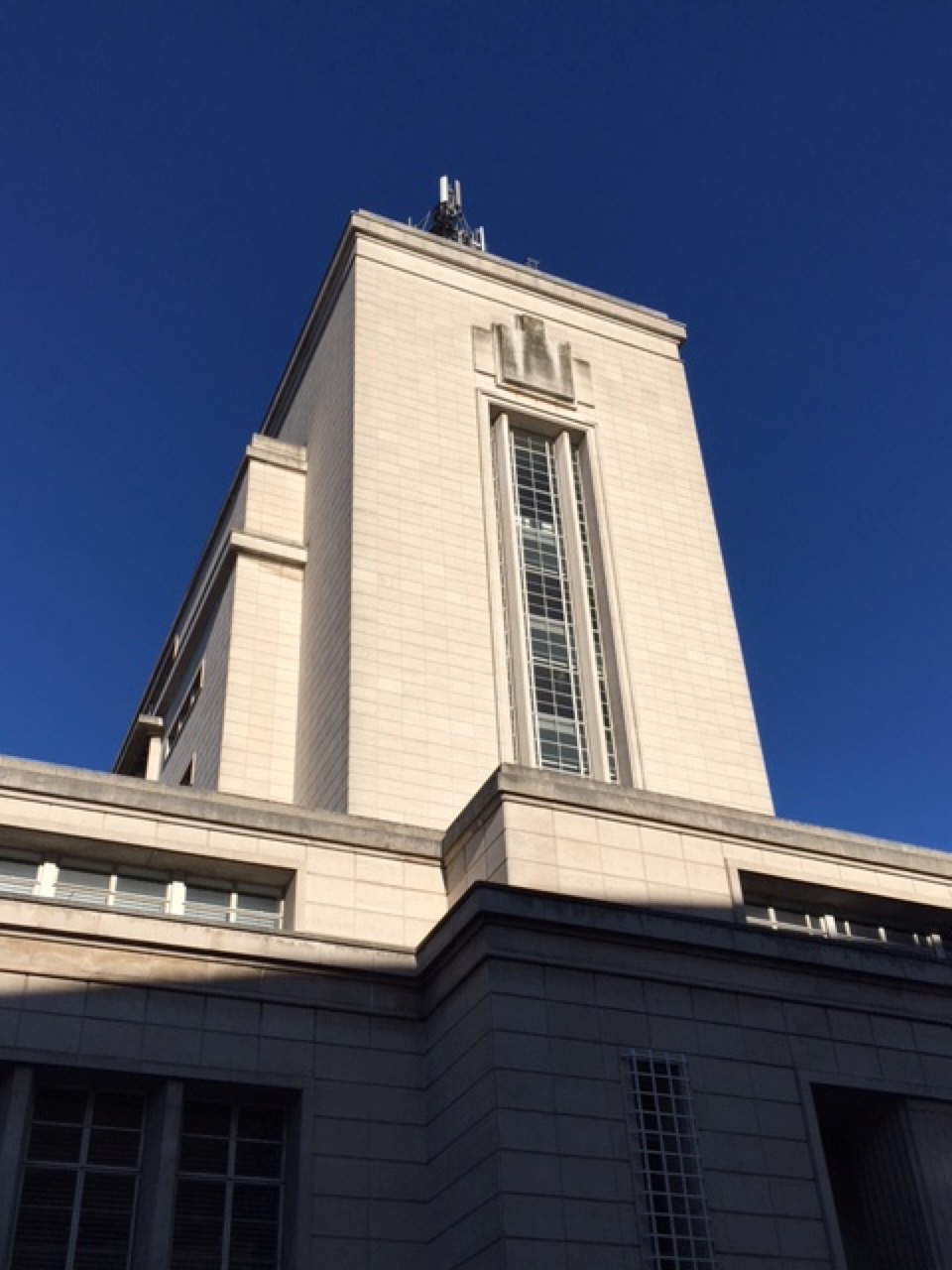
Accomodation
Ibis Nottingham Centre, 16 Fletcher Gate, Nottingham NG1 2FS
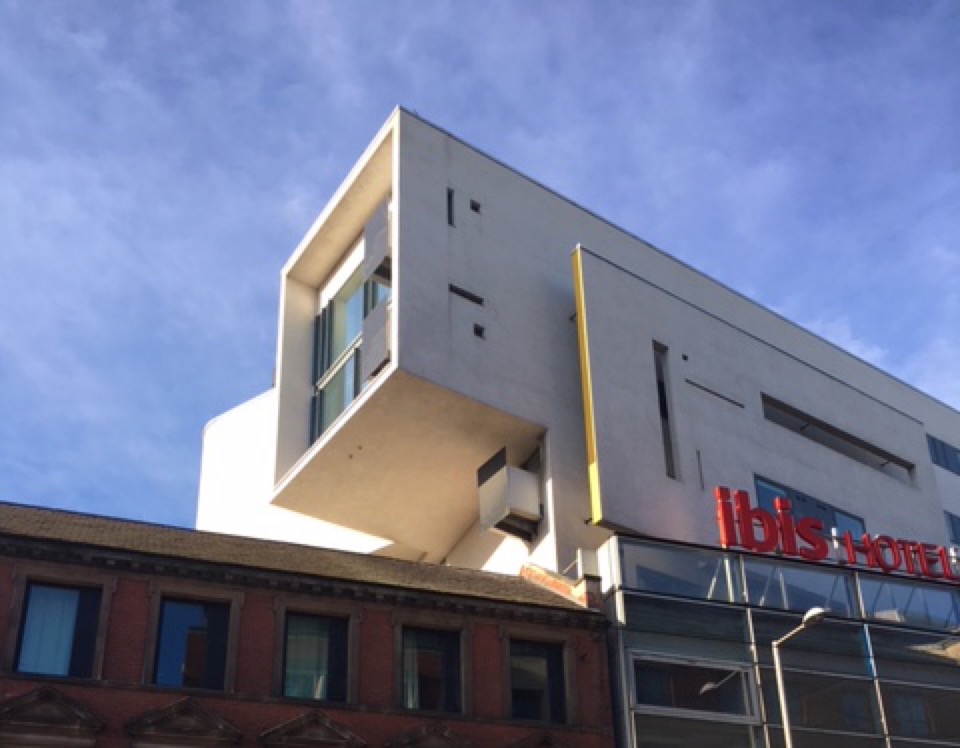
Annual Dinner
Nottingham Council House
Nottingham architect T. Cecil Howitt left the army at the end of the First World War and started work in the City Engineer’s Department at Nottingham City Council. In that role he was commissioned to design Nottingham’s prestigious new Council House.
Initial plans had an estimated cost of £500,000, which in a time of economic recession caused some public outcry, but the Council gave assurances that the sum would be recovered through rent from businesses using the premises.
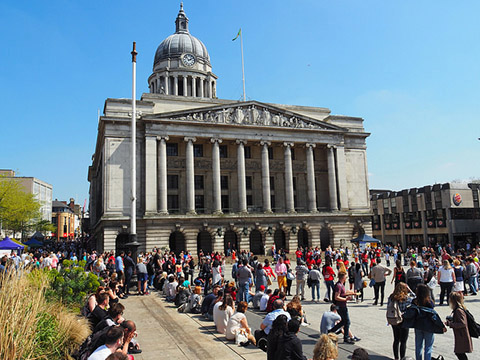
The first design provided for a shopping arcade and office accommodation only, and it was not until the Council realised it would have to spend a further £100,000 on new civic offices and council chamber elsewhere that the plan was revised to incorporate these.
Pevsner was not convinced by the design “Not much can be said in defence of this kind of neo-Baroque display at a date when the Stockholm Town Hall was complete and a style congenial to the C20 established”. Howitt is said to have had some trouble deciding the style of the building but settled on a classical design as something more modern was in danger of becoming dated and he had visited Stockholm and seen the Town Hall. In an appreciation to its architect, T.C.Howitt, published in The Times shortly after his death in 1968, the Council House was described as ‘probably still the finest municipal building outside of London’.
The contract was let in 1925 and the foundation stone laid in 1927, on what was to be the largest stone building commissioned in the country since the First World War. The building was officially opened on May 22 1929
The Council House and Exchange Buildings (to the rear) are constructed of Portland Stone.
The terrace overlooking the Old Market Square has eight massive columns, above are 21 figures representing the activities of the Council, modelled by Joseph Else, principal of the Nottingham School of Art. The frieze behind depicts traditional local crafts such as bell founding, mining and alabaster carving.
The most striking visual element of the building is the dome. Apart from Little John, the famous bell and its clock mechanism which was manufactured and installed by William W. Cope of the famous Cope clockmaking family, the dome also contains water tanks (used for fire-prevention sprinkler systems)
https://www.nottinghamcity.gov.uk/nottingham-council-house
https://en.wikipedia.org/wiki/Nottingham_Council_House
Welcome Reception
St Mary’s Church, High Pavement
The present St Mary’s is the third church on the site. Constructed in the 14th and 15th centuries, its magnificent Perpendicular architecture – massive tower, slender columns, huge windows and alabaster monuments – all attest to the wealth poured into its construction by the guilds, merchants, and gentry of Nottingham society.
The Reformation of the 16th century and the Civil Wars of the 17th stripped St Mary’s of its medieval splendour but not its great importance to the people of Nottingham. The last two hundred years have seen many restorations and additions, for example the splendid west front, the chapel of the Holy Spirit by Temple Moore, glowing stained glass and fine examples of the work of George Gilbert Scott and Bodley & Garner.
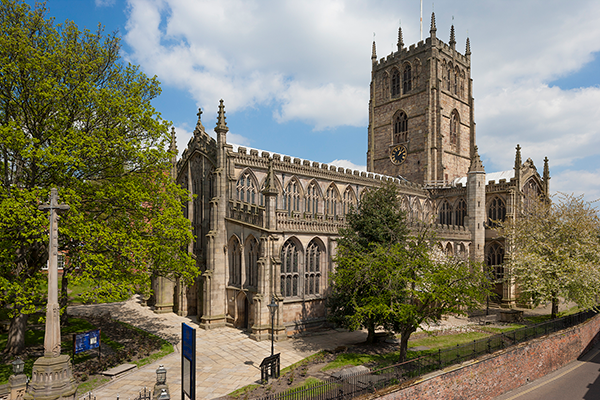
In this century many facilities have been upgraded and a new stone floor has been constructed in the nave to a design by Tess Jaray RA.
Today St Mary’s is the largest remaining medieval building in the city of Nottingham and is listed Grade I.
https://www.stmarysnottingham.org/heritage/history/architectural-notes-on-the-church-of-st-mary-the-virgin-nottingham/
http://southwellchurches.nottingham.ac.uk/nottingham-st-mary/hhistory.php
Getting there
By Air
East Midlands Airport (IATA: EMA) lies south-west of Nottingham and flights are available to many international destinations.
Skylink Express skylinkexpress runs every 30 minutes non stop runs between the airport and city centre
The Skylink bus skylinknottingham runs between the airport and city centre every 20 minutes 24 hours a day. The bus journey takes approximately 30-40 minutes, depending on traffic conditions
Birmingham International Airport (IATA: BHX) is approx. 40 miles from Nottingham and serves all major international destinations.
Robin Hood Doncaster Sheffield Airport lies to the north of Nottinghamshire.
By Train
Nottingham is on the main line out of London St Pancras. The cheapest tickets between London and Nottingham are available from East Midlands Trains. (NB. If you are travelling on the East Coast Line change at Gratham, not Newark which requires a twenty minute walk between stations) There are also regular connections to Birmingham, Derby, Leicester, Crewe, Sheffield, and Leeds.
By Tram
The Nottingham Tram runs from Nottingham main line station through the city centre and out to Hucknall park and ride and Phoenix Park park and ride to the north of the city. It also runs south of the city to Clifton South and Toton Lane via Beeston.
There are 7 tram Park and Ride sites and many of them are close to the M1.
By Car
From the south, travel on the M1 and exit at junction 24 or 25 or use the A606. From the North take the M1 junction 25 or 26.
There are 7 tram Park and Ride sites and many of them are close to the M1.
Overnight parking with a Free Car Care Scheme is available at the Queens Drive & Racecourse Park and Ride sites
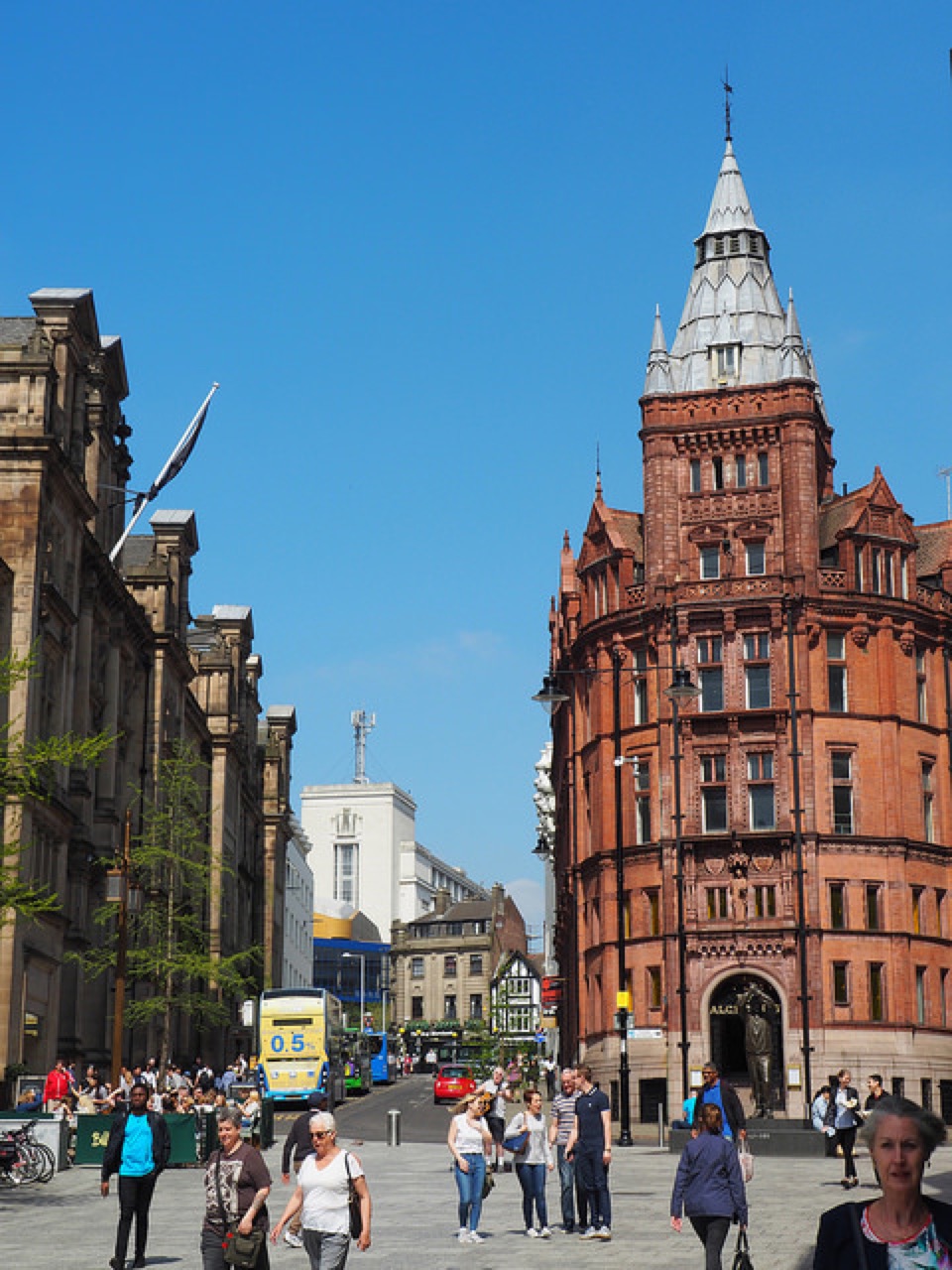

Getting around
By Bus
Nottingham’s bus system is one of the best in the country, with frequent, reliable services across the City and beyond. Two main operators are City Transport and Trent Barton, with smaller operators filling in the gaps between.
Use buses and park and ride for city centre, don't drive in.
By Tram
The Nottingham Tram runs from Nottingham main line station through the city centre and out to Hucknall park and ride and Phoenix Park park and ride to the north of the city. It also runs south of the city to Clifton South and Toton Lane via Beeston.
There are 7 tram Park and Ride sites and many of them are close to the M1.
Tickets are bought from machines at tram stops (cash and card are accepted) or from the NET shop in the city centre. You must buy a ticket or validate a travel card before boarding or you risk a fine and imprisonment.
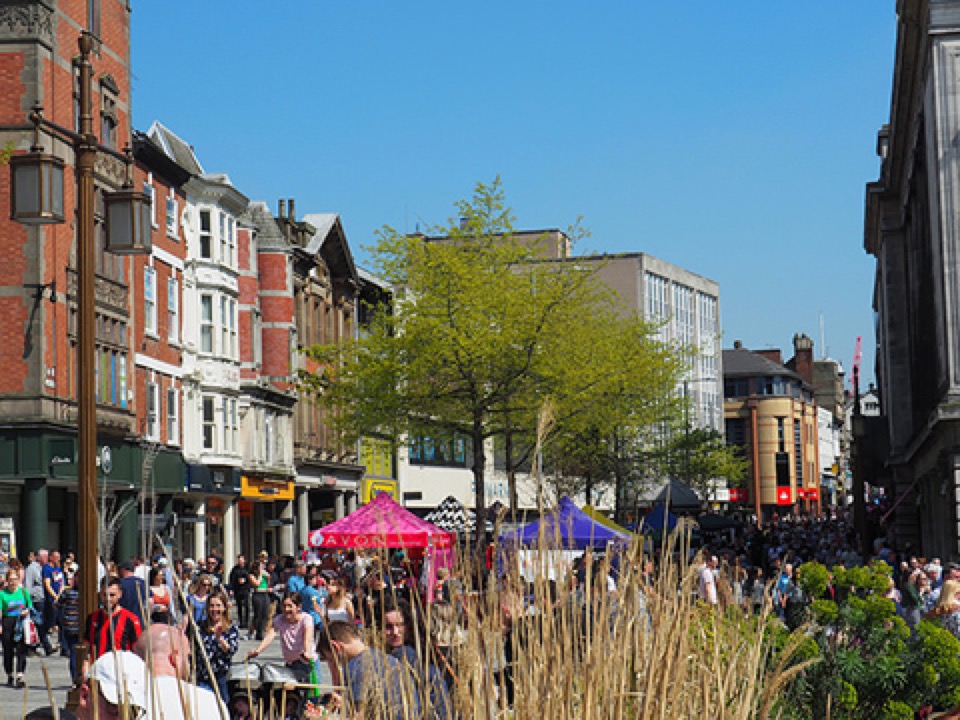
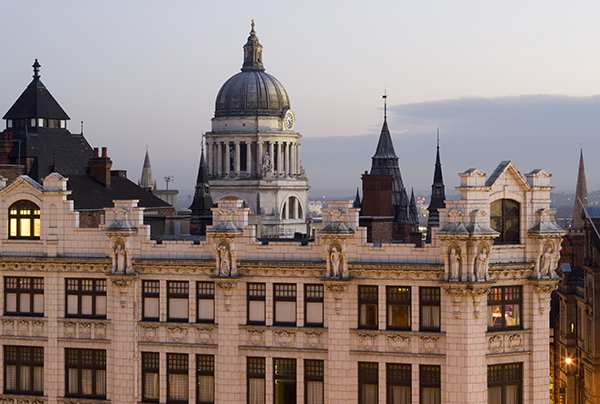
IHBC Enterprises Ltd supports the work of The Institute of Historic Building Conservation
Registered & Business Office: Jubilee House, High Street, Tisbury, Wiltshire SP3 6HA.
Company Limited by Guarantee; registered in England: No.3333780. VAT No.928 2178 09

